Samsung DeX Pad hands-on: Turn your Galaxy S9 into your desktop
Samsung gives its thin-client solution a flawed but promising update
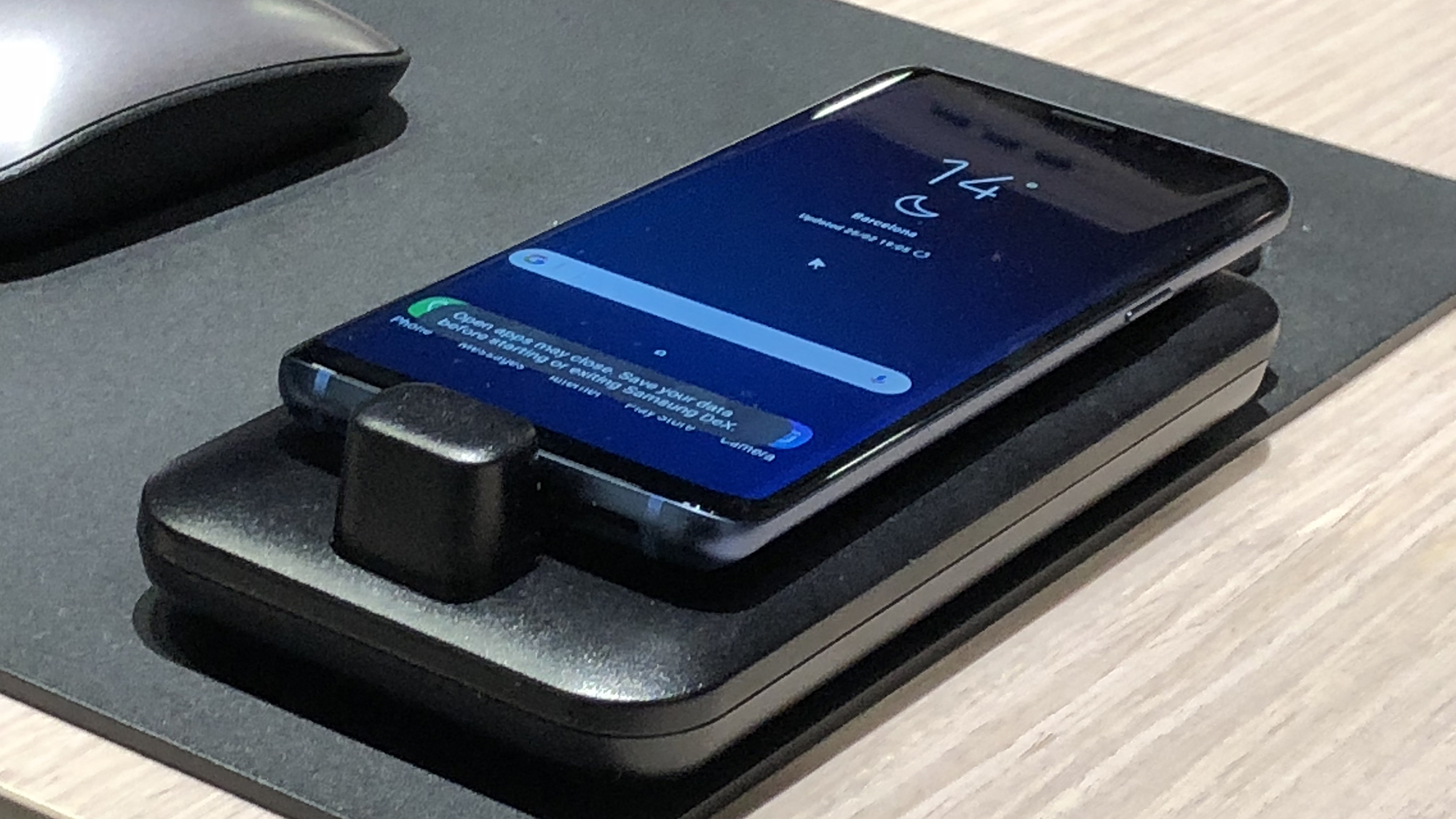

While the launch of the Galaxy S9 may be hogging all the attention, Samsung has also announced another, potentially more interesting, product. We're talking, of course, about its redesign of the DeX desktop dock-originally launched alongside the Galaxy S8 last year - adding a handful of cool new features and making it much more useful and versatile.
Samsung DeX Pad hands-on: Design
Last year's DeX Station was a squat cylindrical pod, with a lid that slid out to form a stand that the S8 slotted into. With the new model, however, Samsung has changed the design somewhat. The new DeX is a flat pad which the S9 sits on top of, connecting once again via USB-C. It's almost 100g lighter too, weighing in at just 134g.
Aside from being more space-efficient than the previous model, it also means the phone is lying flat when being used in DeX mode, which is where another new feature comes into its own. If you don't have a mouse connected to the DeX Pad, you can actually use the S9's screen as a trackpad, which is a surprisingly nifty feature and works really well.
Samsung DeX Pad hands-on: Display
The DeX is firmly positioned as a corporate device, and Samsung has beefed up its enterprise capabilities with some new features, including the ability to apply corporate IT policies to DeX units, whitelisting and blacklisting the use of certain apps. You can set the DeX up to use your corporate branding too, so it automatically uses your logo and art assets as the wallpaper whenever it's in desktop mode.
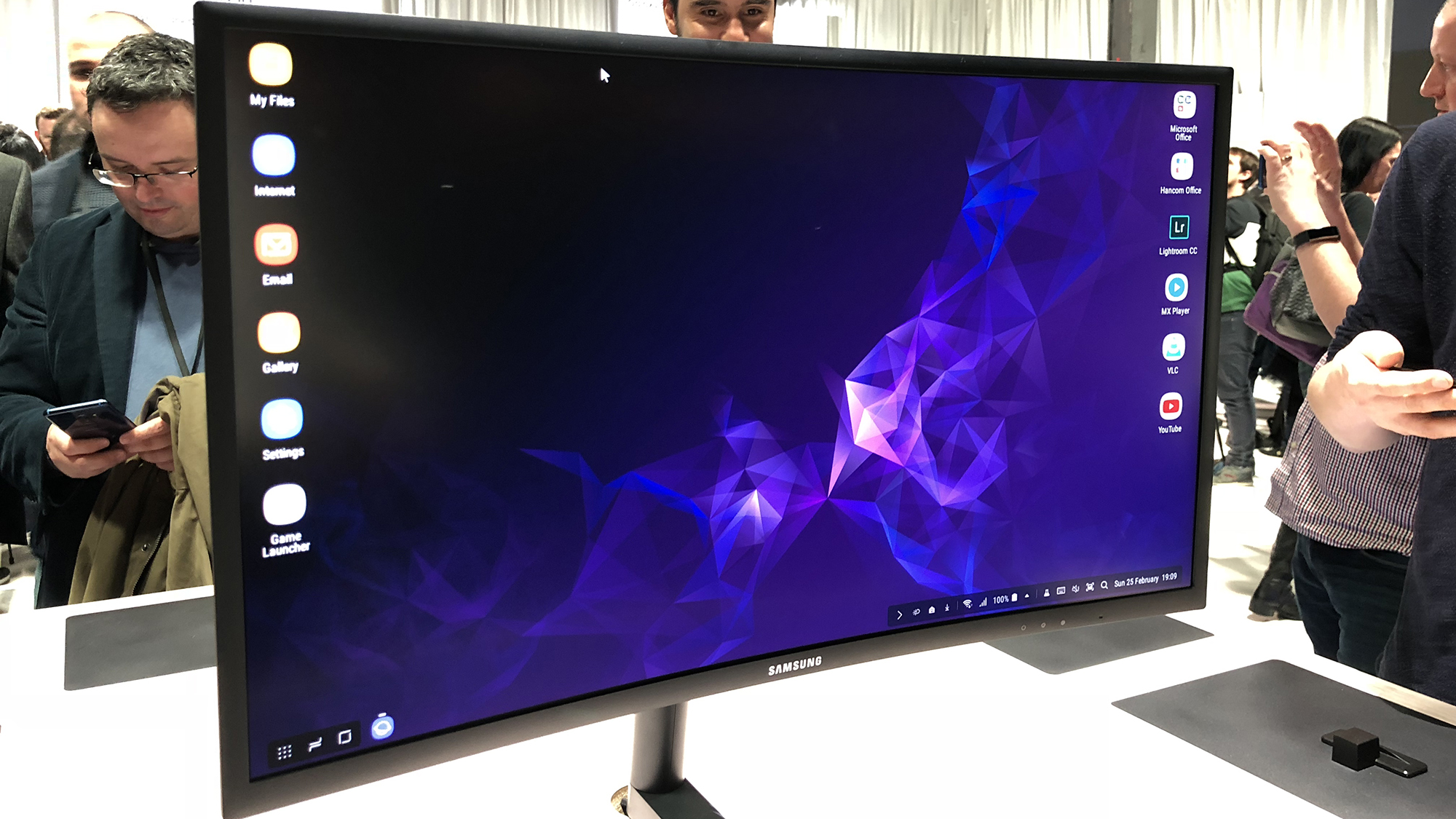
The resolution is higher as well. The original DeX Station only supported 1080p monitors, while the newer DeX Pad supports monitors up to QHD. The ability to support multiple resolutions is also new - the old unit simply scaled the size of the UI elements to fit the monitor.
Samsung DeX Pad hands-on: Performance
As with the previous DeX Station, certain apps (such as Microsoft's Office apps and virtual desktop solutions from providers like Citrix and VMware) will launch into a specially-formatted desktop mode, while others will simply launch as windowed Android apps.
There's enough apps that are DeX-compatible to do basically any office task the average worker will need to perform, and the S9 copes well with multi-tasking in DeX mode. Even with several reasonably demanding applications open, we didn't notice any slowdown or performance issues.
Get the ITPro daily newsletter
Sign up today and you will receive a free copy of our Future Focus 2025 report - the leading guidance on AI, cybersecurity and other IT challenges as per 700+ senior executives
Samsung DeX Pad hands-on: Ports and features
There have been a few unfortunate compromises made as part of the redesign, however. First and foremost, the number of available ports has been trimmed down a little; whereas the original DeX Station had two USB 2.0 ports, a HDMI port and an Ethernet port, the new Pad has lost the Ethernet connection.
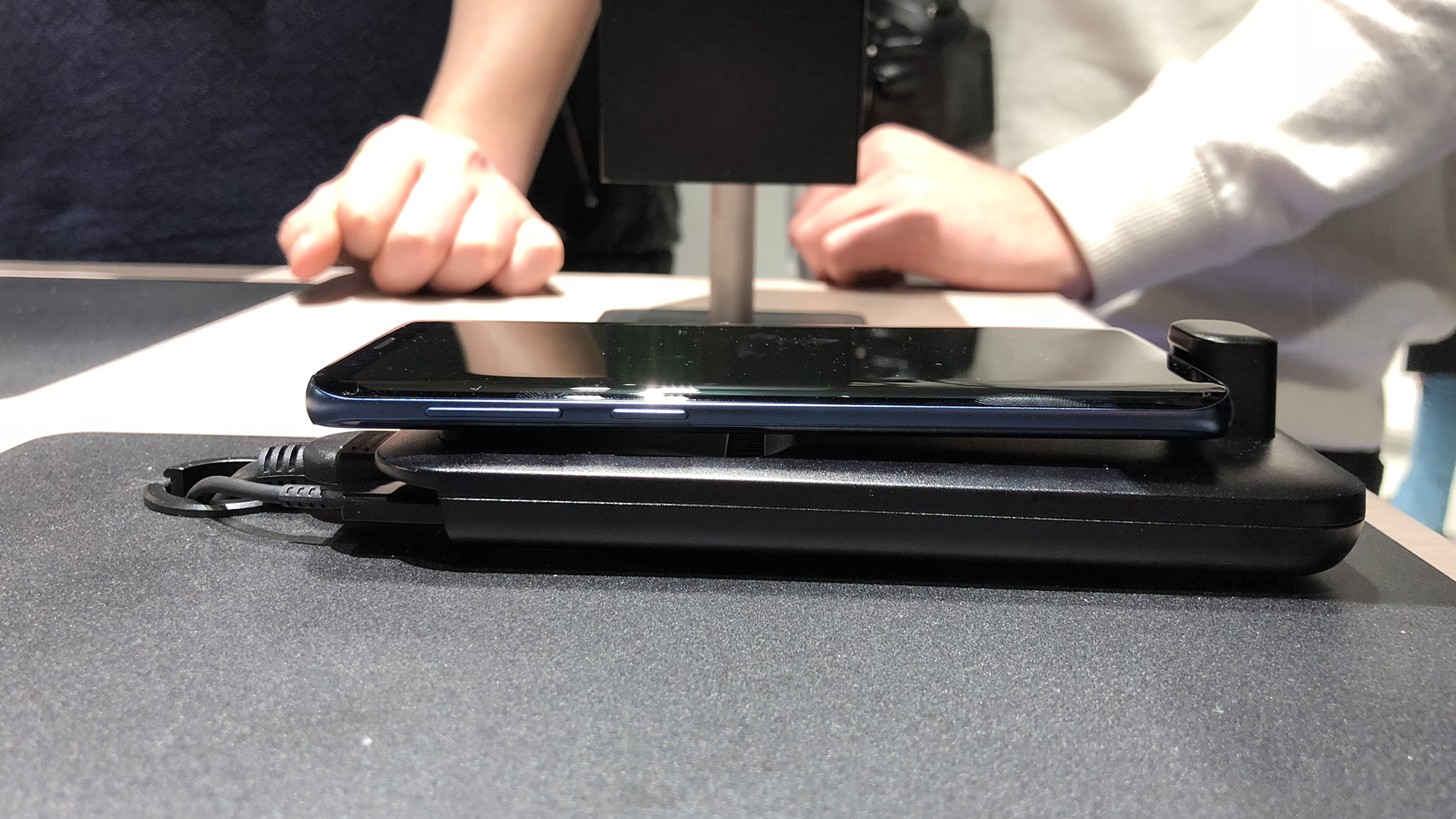
We're also aggrieved to see that it's still lacking a proper Thunderbolt 3 port, which would allow the DeX to take advantage of power, data and display transfer. While it's got a USB-C port, it's reserved for powering the device, rather than providing extra versatility.
Samsung DeX Pad hands-on: Compatibility
Another issue is that the new DeX Pad is apparently only compatible with the new S9 and S9 Plus. Samsung has promised that backwards compatibility with previous devices such as the Galaxy S8 will be coming at a later date via a software update, but the fact that it's not immediately compatible with devices that have already been deployed in many businesses is a disappointment.
Samsung DeX Pad hands-on: Verdict
Despite a handful of unfortunate wobbles such as a lack of backwards compatibility and the removal of the Ethernet port, the Samsung DeX Pad adds enough useful features and tweaks to make it a worthwhile investment for businesses.
If you're a CIO who is planning to deploy the Galaxy S9 as your corporate device, the DeX Pad makes an excellent thin-client device for busy mobile workers who don't need a huge amount of computing horsepower, but want the productivity of a monitor, mouse and keyboard setup. When Samsung adds support for older devices, it'll be a no-brainer.
Adam Shepherd has been a technology journalist since 2015, covering everything from cloud storage and security, to smartphones and servers. Over the course of his career, he’s seen the spread of 5G, the growing ubiquity of wireless devices, and the start of the connected revolution. He’s also been to more trade shows and technology conferences than he cares to count.
Adam is an avid follower of the latest hardware innovations, and he is never happier than when tinkering with complex network configurations, or exploring a new Linux distro. He was also previously a co-host on the ITPro Podcast, where he was often found ranting about his love of strange gadgets, his disdain for Windows Mobile, and everything in between.
You can find Adam tweeting about enterprise technology (or more often bad jokes) @AdamShepherUK.
-
 The UK government wants quantum technology out of the lab and in the hands of enterprises
The UK government wants quantum technology out of the lab and in the hands of enterprisesNews The UK government has unveiled plans to invest £121 million in quantum computing projects in an effort to drive real-world applications and adoption rates.
By Emma Woollacott Published
-
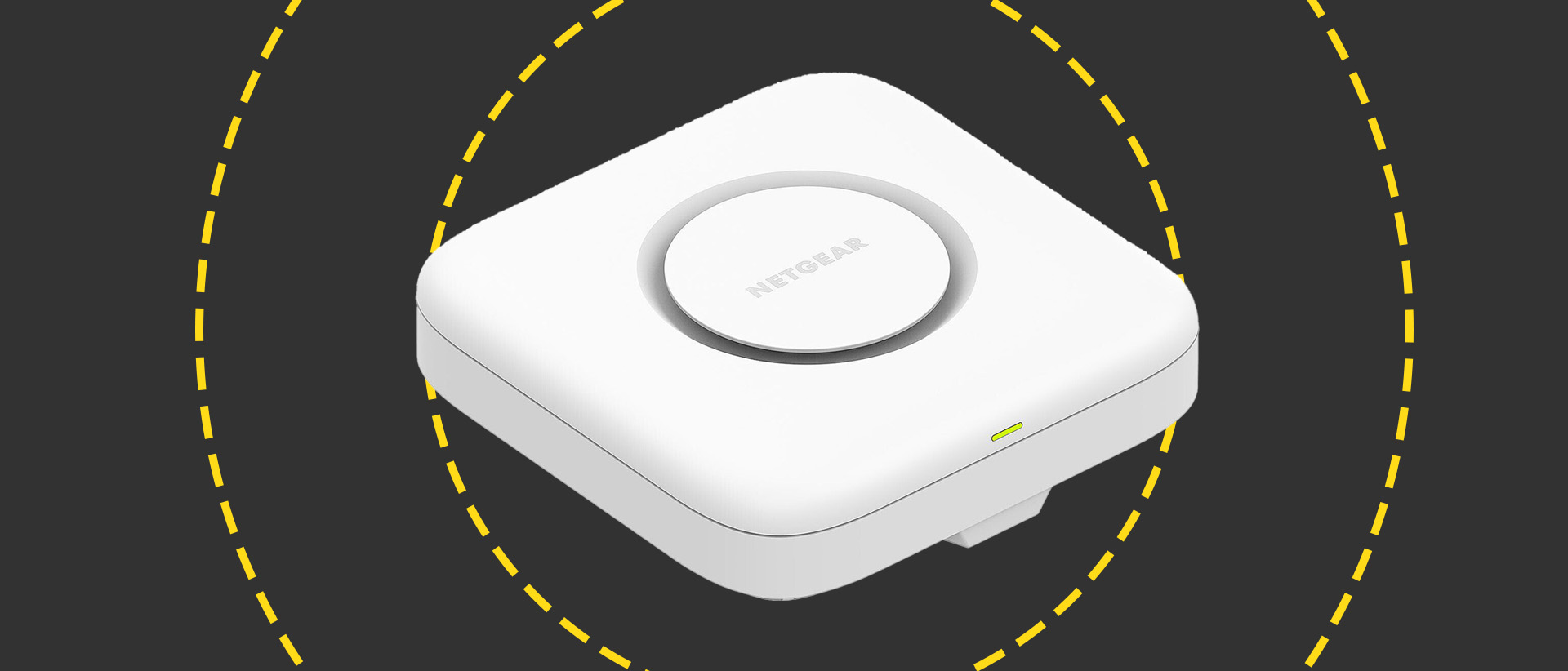 Netgear WBE710 review
Netgear WBE710 reviewReviews The compact WBE710 delivers great cloud management features and a good turn of Wi-Fi 7 speed – but it does have a premium price tag
By Dave Mitchell Published
-
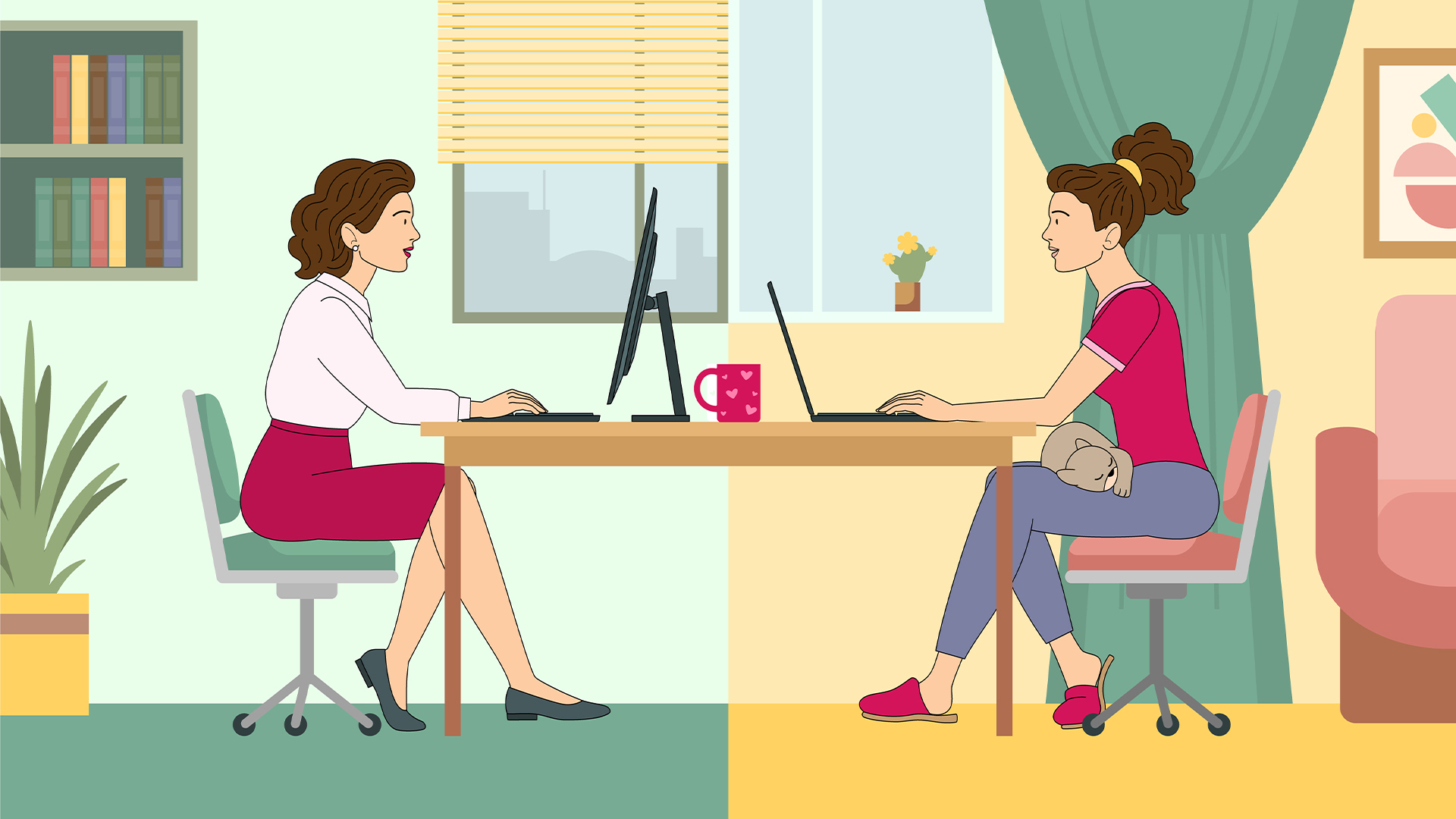 IT professionals aren’t budging on flexible work demands – and more than half say they’ll quit if employers don’t meet expectations
IT professionals aren’t budging on flexible work demands – and more than half say they’ll quit if employers don’t meet expectationsNews Analysis from Randstad shows 40% of UK-based IT pros have quit over a lack of flexible work options, while 31% of workers globally have done the same.
By Ross Kelly Published
-
 'The tide seems to be turning towards office attendance': 64% of hybrid business leaders want staff back in the office – but many worry that enforcing RTO mandates will drive employees away
'The tide seems to be turning towards office attendance': 64% of hybrid business leaders want staff back in the office – but many worry that enforcing RTO mandates will drive employees awayAnalysis Many UK business leaders want their staff back in the office more frequently, but they’re scared to implement return to office (RTO) mandates in fear of worker revolts.
By George Fitzmaurice Published
-
 Employees are dead set on flexible working arrangements – three quarters would turn down a role that didn't offer hybrid options as work-life balance becomes more important than pay
Employees are dead set on flexible working arrangements – three quarters would turn down a role that didn't offer hybrid options as work-life balance becomes more important than payNews New research shows workers are increasingly demanding flexible working arrangements from employers.
By Emma Woollacott Published
-
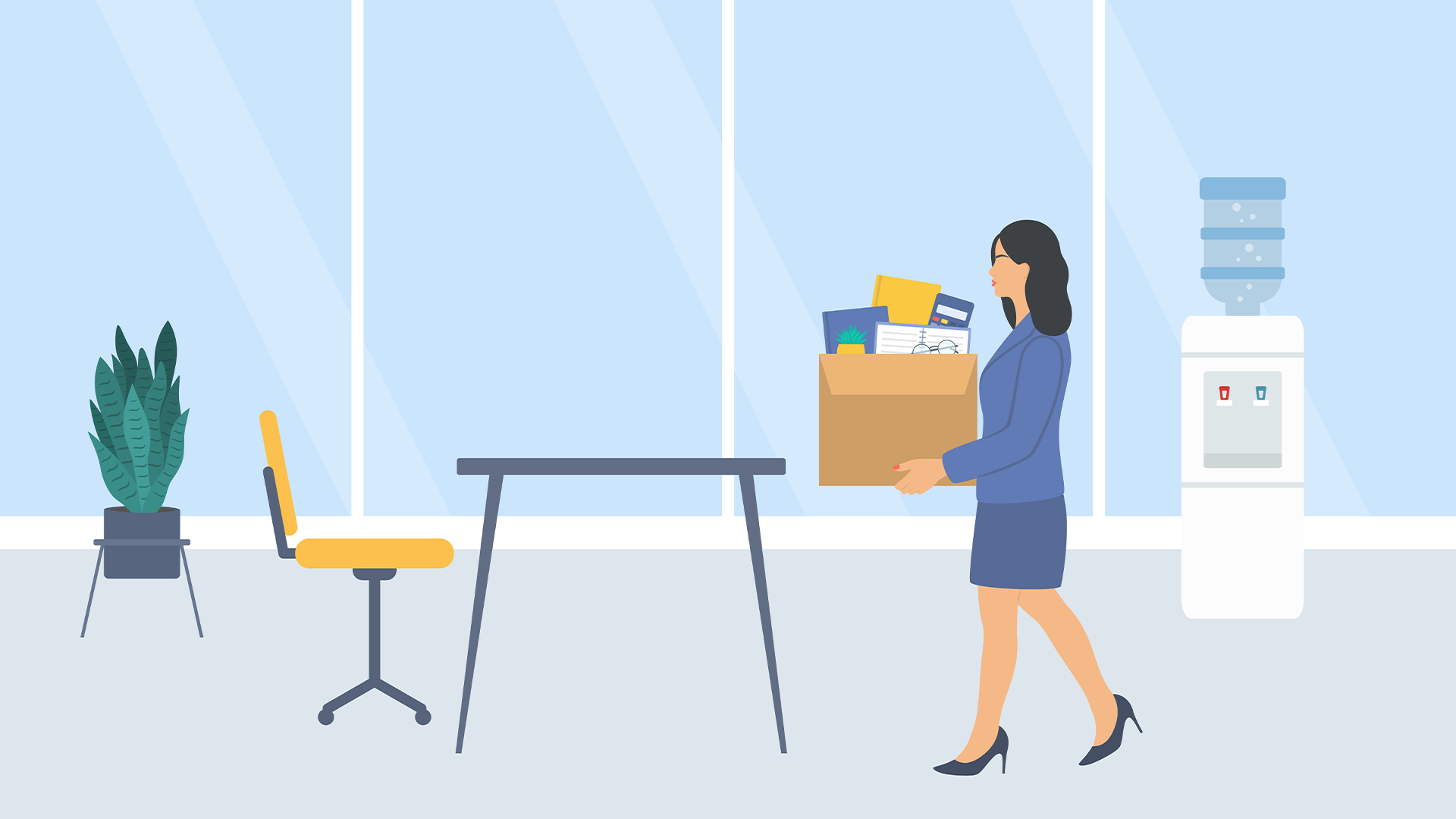 Nearly half of tech workers are seeking new roles – declining employee benefits and reduced flexible working options have staff looking elsewhere
Nearly half of tech workers are seeking new roles – declining employee benefits and reduced flexible working options have staff looking elsewhereNews While salaries are rising for tech workers, other benefits are in decline, leading to a fall in job satisfaction
By Emma Woollacott Published
-
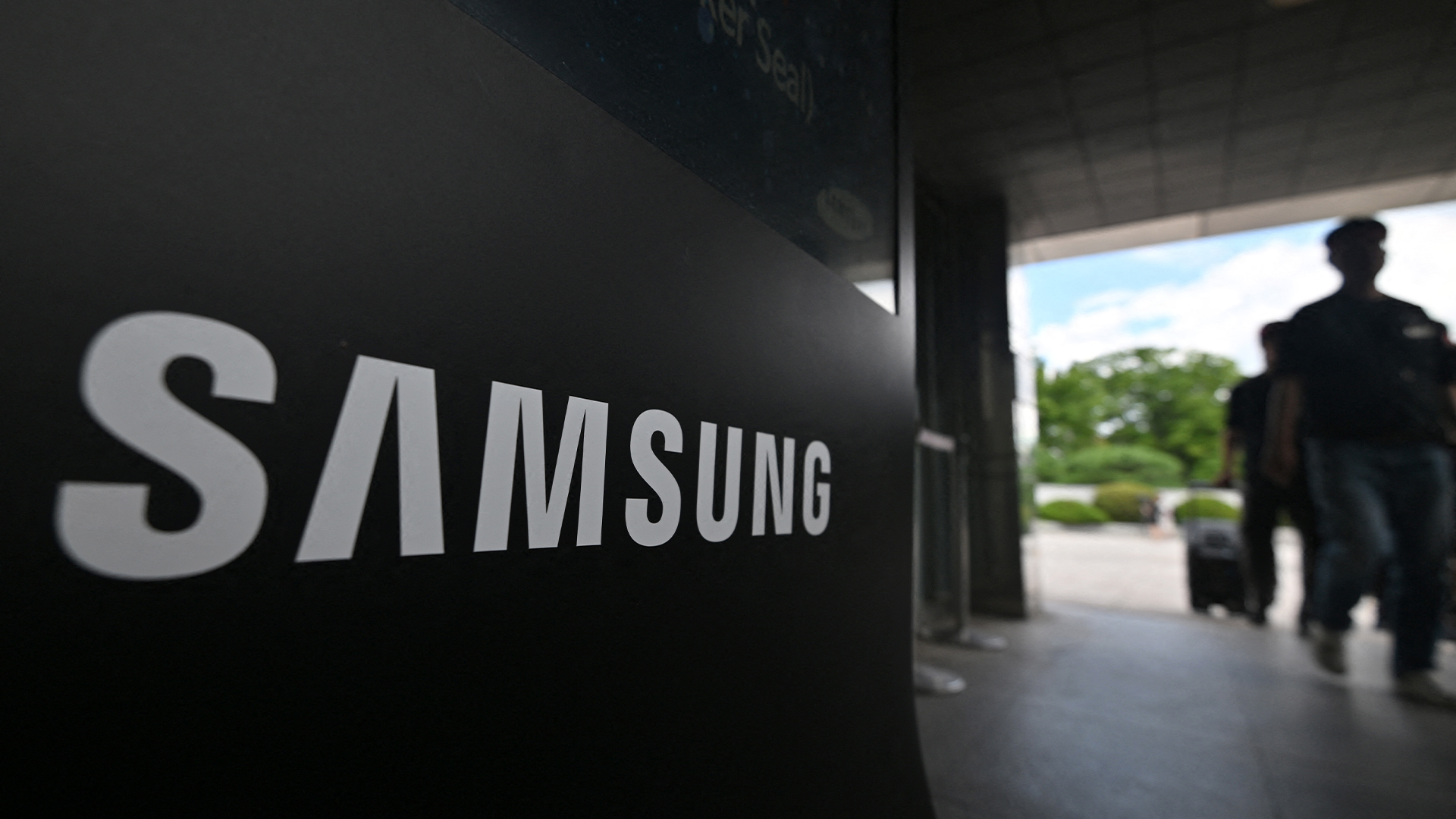 Samsung ramps up AI capabilities with Oxford Semantic Technologies acquisition
Samsung ramps up AI capabilities with Oxford Semantic Technologies acquisitionNews Oxford Semantic Technologies' knowledge graph tech will be incorporated into Samsung products across the board
By Emma Woollacott Published
-
 Untethered: How CIOs and CISOs are paving the way for the new hybrid workforce
Untethered: How CIOs and CISOs are paving the way for the new hybrid workforceWhitepaper Effective techniques to transition from exposed legacy infrastructure to an effective zero trust strategy
By ITPro Published
-
 Samsung UK recruits its first chief customer officer in bid to boost partner engagement
Samsung UK recruits its first chief customer officer in bid to boost partner engagementNews Deborah Honig will lead Samsung UK’s customer experience activity across its portfolio of business offerings in the region
By Daniel Todd Published
-
 Unified endpoint management and security in a work-from-anywhere world
Unified endpoint management and security in a work-from-anywhere worldWhitepaper Learn how to converge endpoint management and security processes and systems to drive efficiency and reduce risk
By ITPro Last updated